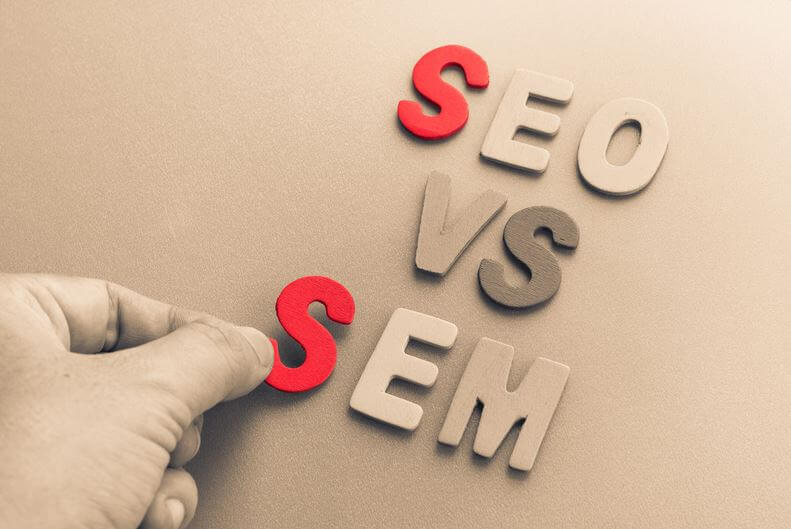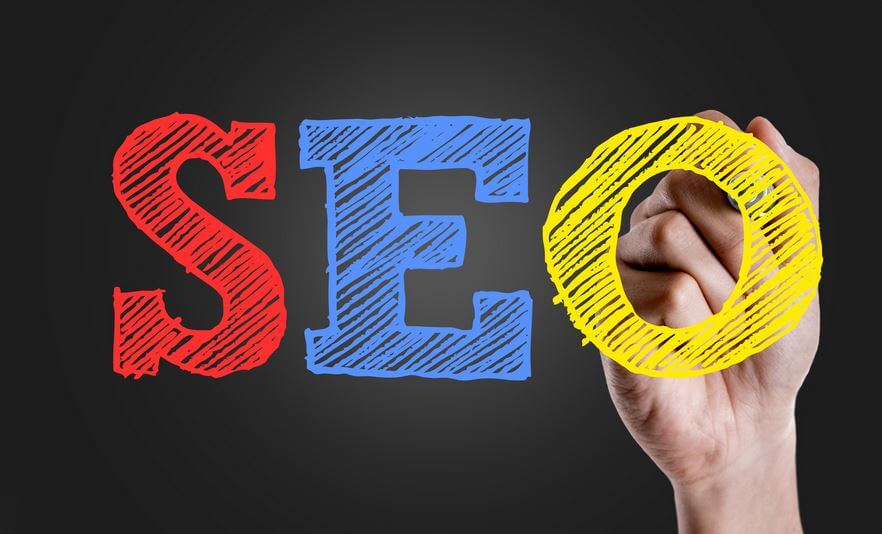“Comparing the Benefits, Costs, and Effectiveness of SEO and SEM for Your Online Business”
Are you struggling to decide whether to focus on SEO vs. SEM for your online business? Many website owners face a common dilemma, but fear not – we’re here to help!
In this comprehensive guide, we’ll explore the key differences between SEO and SEM and provide you with all the information you need to make an informed decision. By the end of this article, you’ll clearly understand which strategy to use to boost your online presence and drive more traffic to your website.
What is SEO?
SEO stands for Search Engine Optimization, optimizing your website to rank higher in search engine results pages (SERPs). SEO aims to increase your website’s visibility and relevance to potential customers by improving its ranking in search engine results.
SEO is a long-term strategy that requires consistent effort and dedication to achieve sustainable results. Some key SEO components include keyword research, on-page optimization, content creation, and link building.
What is SEM?
SEM stands for Search Engine Marketing, the process of using paid advertising to promote your website in search engine results pages. SEM is a more immediate way to drive traffic to your website, but it requires a budget to invest in paid search ads.
The most popular platform for SEM is Google Ads, which allows you to bid on keywords to display your ads at the top of search results. SEM can be highly effective if executed correctly, but it can also be costly if not managed properly.
SEO vs. SEM: Key Differences
While SEO and SEM both aim to increase your website’s visibility in search engine results, they differ in several key ways:
- Cost: SEO is a long-term strategy that requires time and effort but doesn’t need a significant budget to get started. SEM, on the other hand, requires a budget to invest in paid search ads.
- Speed: SEO is a slower process that can take months or even years to see results. SEM, on the other hand, can provide immediate results once your ads are live.
- Sustainability: SEO is a sustainable strategy that can continue to drive traffic to your website long after you’ve invested the time and effort to optimize it. SEM, on the other hand, is only sustainable as long as you continue to invest in paid search ads.
- Click-through rates: Organic search results (from SEO) tend to have higher click-through rates (CTRs) than paid search ads (from SEM). This is because users often trust organic results more than paid ads.
Which Strategy Should You Use?
So, which strategy should you use to boost your online presence? The answer depends on your specific goals and budget.
If you have a limited budget and can invest the time and effort required, SEO is a great long-term strategy to improve your website’s visibility in search engine results. While it may take time to see results, your effort will pay off in the long run as your website ranks higher in search results.
If you have a larger budget and want immediate results, SEM is a great option to quickly drive traffic to your website. However, remember that SEM is not sustainable in the long run and can be costly if not managed properly.
Conclusion
SEO and SEM are effective strategies to boost your online presence and drive more traffic to your website. While cost, speed, sustainability, and click-through rates differ, choosing the plan that aligns with your specific goals and budget is critical.
Remember, SEO is a long-term investment that requires consistent effort and dedication to achieve sustainable results. SEM, on the other hand, is a more immediate way to drive traffic to your website but requires a budget
FAQs
SEO vs. SEM: Which is better?
SEO, or Search Engine Optimization, organically optimizes your website to rank higher in search engine results pages (SERPs). This means you don’t pay for the clicks you receive, but you optimize your website’s content and structure to appear higher in search results.
On the other hand, SEM, or Search Engine Marketing, is using paid advertising to promote your website in search engine results pages. This means you pay for each click you receive, and your website appears at the top of search results for specific keywords you bid on.
So which is better – SEO or SEM?
The answer depends on your specific goals and budget. If you have a limited budget and can invest the time and effort required, SEO is a great long-term strategy to improve your website’s visibility in search engine results. While it may take time to see results, your effort will pay off in the long run as your website ranks higher in search results.
On the other hand, if you have a larger budget and want immediate results, SEM is a great option to drive traffic to your website quickly. However, remember that SEM is not sustainable in the long run and can be costly if not managed properly.
It’s also worth noting that SEO and SEM can complement each other when used together. For example, you can use SEO to improve your website’s organic ranking in search results while using SEM to target specific keywords and drive more immediate traffic.
The choice between SEO and SEM ultimately comes down to your specific goals and budget. While both strategies can be effective, choosing the one that aligns with your business objectives and resources is essential.
What are SEO and SEM examples?
SEO and SEM are digital marketing strategies that aim to improve the visibility of a website in search engine results pages (SERPs).
SEO, or Search Engine Optimization, is optimizing a website to rank higher in organic search results. This is done by optimizing the website’s content, structure, and other factors to make it more appealing to search engines like Google. Examples of SEO tactics include keyword research, on-page optimization, content creation, link building, and technical SEO.
For example, a website that sells running shoes may use SEO tactics to optimize its website’s content to include relevant keywords like “best running shoes,” “marathon shoes,” and “trail running shoes.” They may also create high-quality content like blog posts and videos that provide value to their audience and attract backlinks from other websites.
SEM, or Search Engine Marketing, uses paid advertising to promote a website in search engine results in pages. This is done by bidding on specific keywords related to the website’s products or services than creating ads that appear at the top of search results when someone searches for those keywords.
For example, the same website that sells running shoes may use SEM tactics to create a Google Ads campaign that targets keywords like “buy running shoes online,” “discount running shoes,” and “best running shoes for women.” They would then create ads at the top of search results for those keywords and pay for each clicks their ads receive.
In summary, SEO and SEM are effectiveffectivelyebsite’s visibility in search engine results in pageWhilehil in SEO focuses on optimizing a website’s content and structure to rank higher in organic search results; SEMSEM uses paid advertising to appear at the top of search results for specific keywords. Both strategies can be used together to create a comprehensive digital marketing strategy that drives traffic and conversions to a website.






